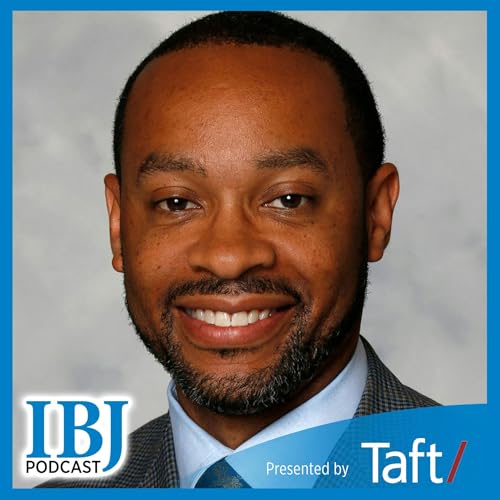2025 will probably go down as the year artificial intelligence became an inevitable aspect of our lives. Anyone wishing to use it as a research tool, business strategist, data filter, personal coach or just a chatty companion has easy access to the technology. Indeed, most of the biggest companies in the world have been implementing AI in one way or another. AI can help automate tasks, interpret data, predict needs, improve efficiency, assist customers, assist coders, generate social media content, manage communication and translate it into any known language. If your company isn’t at least investigating how it can integrate AI, leaders should at least have a compelling case for sitting on the sidelines. There are many reasons why companies are hesitant to take the plunge—or even get their feet wet. But those obstacles—including cost, employee resistance and lack of technical expertise—are easier to leap than you might think. In this week’s edition of the IBJ Podcast, host Mason King presents a series of scenarios from the point of view of an AI skeptic and asks a business education expert to respond to them. Our guest is Carolyn Goerner, faculty chair of executive education programs at Indiana University’s Kelley School of Business, which among many things teaches executives and other company leaders how to implement and use AI. She also goes into greater depth on how to coax reluctant employees to become AI adopters.
続きを読む
一部表示
 42 分
42 分 53 分
53 分 2025/12/0841 分
2025/12/0841 分 44 分
44 分 51 分
51 分 37 分
37 分 2025/10/3135 分
2025/10/3135 分 58 分
58 分
